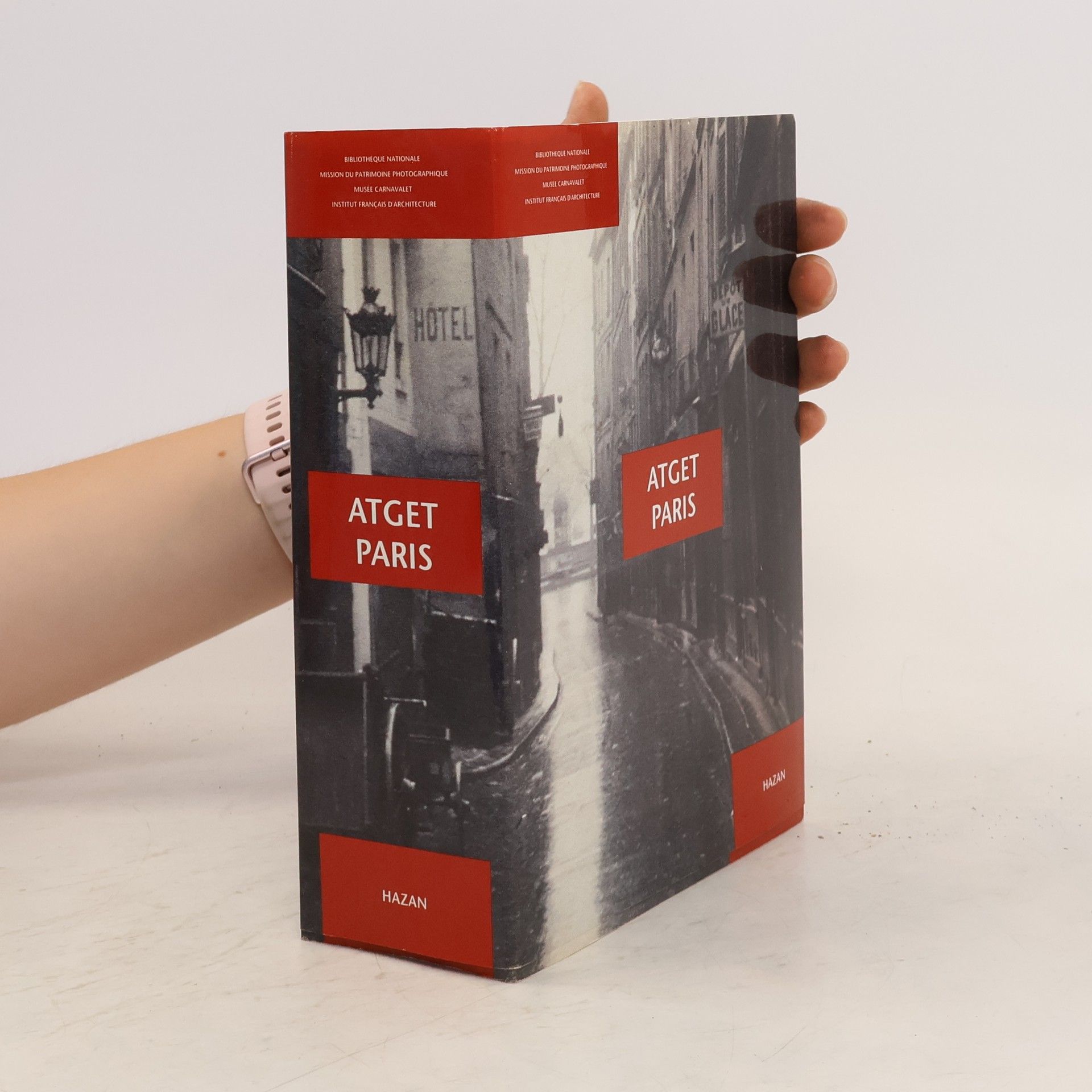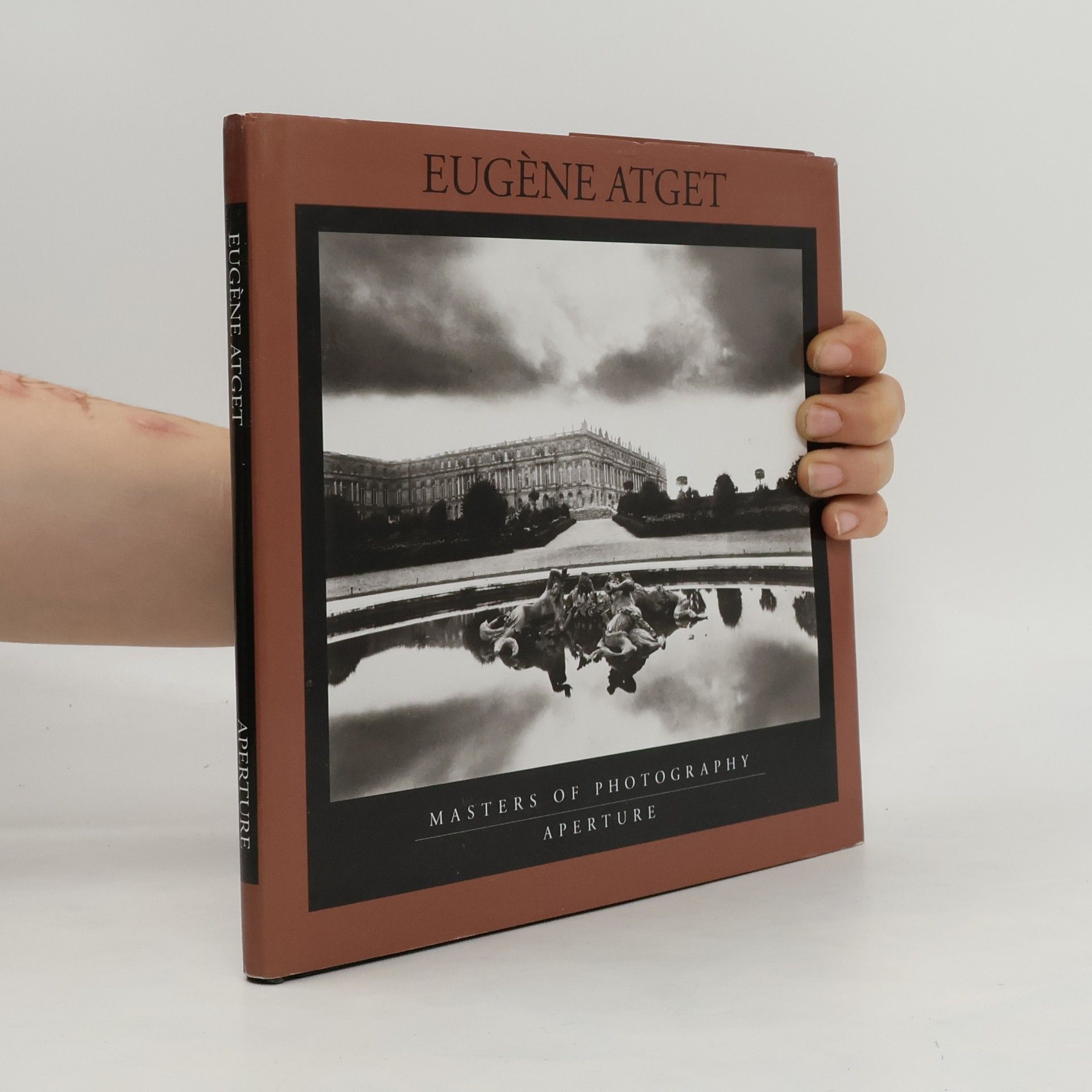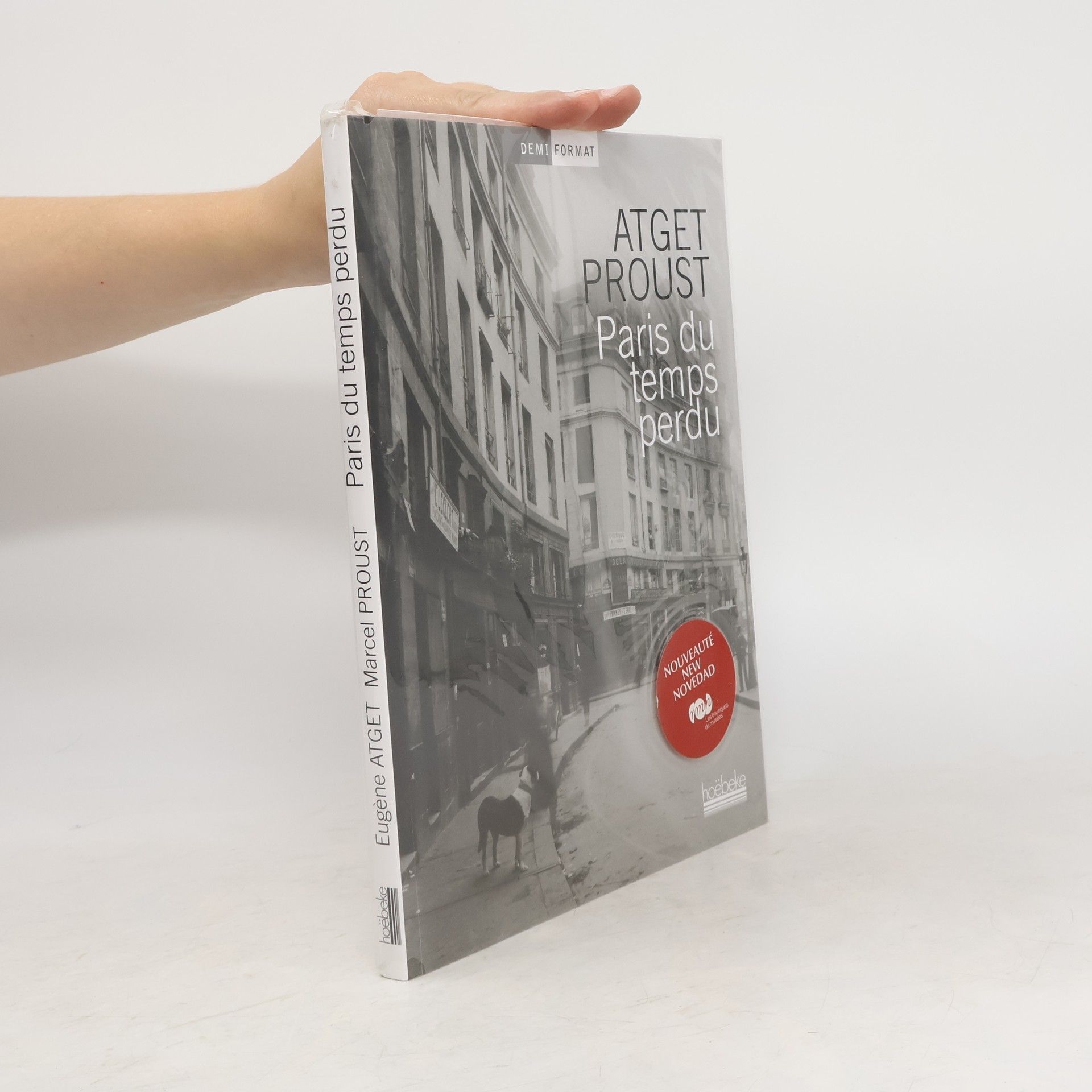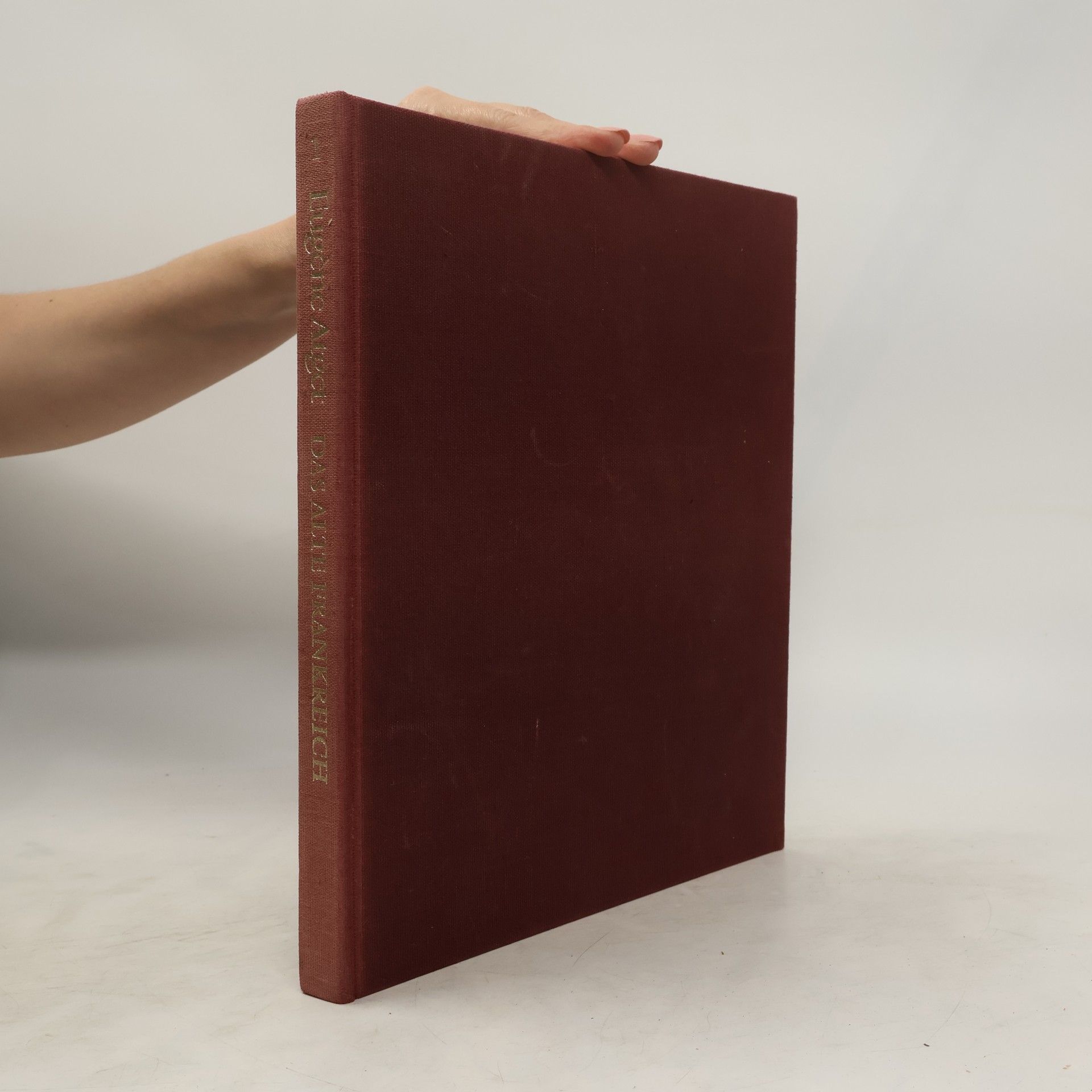Eugène Atget Books
Eugène Atget was a French photographer renowned for his documentary images of Parisian architecture and street life. His work captures the essence of Paris during a specific era with precision and artistic sensibility. Atget's approach to photography was not mere recording, but a profound exploration of urban existence and its transformations. His legacy continues to inspire artists and historians with its unique window into the past.






Eugène Atget
- 96 pages
- 4 hours of reading
With the marvelous lens of dream and surprise, Atget “saw” (that is to say, photographed) practically everything about him, in and outside of Paris, with the vision of a poet. --Berenice AbbottAtget's photographs are unparalleled in their lucid realism and lyrical response to the pulse of the city and to the artifacts of human life in almost every social class. His images of parks, lakes, shop windows, vendors, prostitutes, buildings, sculpture and Paris street scenes go beyond documentation to a poetic vision of an era. Atget created some of the most beautifully articulated images of light and space ever made with a camera.
Doubleday Dolphin: Atget's Gardens
A Selection of Eugene Atget's Garden Photographs
- 120 pages
- 5 hours of reading
Atget's A Selection of Eugene Atget's garden photographs
Paris : Eugène Atget, 1857-1927
- 256 pages
- 9 hours of reading
Unraveling the mystery of Eugene Atget's life and work (1857-1927) is easier said than done. Now considered to be one of history's most important photographers, Atget (1857-1927) was relatively unknown until well after his death. We know that he made his living selling his prints, mainly to architects, artists, and institutions, but his categorical, obsessive method of photographing Paris street by street (doorknob by doorknob in some cases) lacks clear explanation.Atget wrote in 1920, "I may say that I have in my possession all of Old Paris". Indeed, he knew the city like the back of his hand and had the pictures to prove it. He captured the historical, atmospheric Paris: churches, monuments, and buildings, as well as bars, shop windows, street-peddlers, and prostitutes. Traversing all of its layers, he immortalized the true spirit of Old Paris.Why did he choose to spend his life roaming the streets with his heavy camera equipment, systematically cataloguing everything Parisian? The answer, if it can be discovered, must be found in the pictures themselves. Whether he intended to or not, Atget has left us with an impeccable record of turn-of-the-century Paris, not to mention a huge collection of stunningly beautiful photographs. This new book features 200 of Atget's most impressive images, many of which have rarely been seen before. Take a trip back in time and immerse yourself in Atget's Paris.
Eugene Atget's Paris
- 192 pages
- 7 hours of reading
Paris du temps perdu
- 117 pages
- 5 hours of reading
Marcel Proust et Eugène Atget, bien que contemporains, ne se connaissaient pas. Toutefois, leurs oeuvres monumentales témoignent d'une même volonté patiente et méticuleuse de restituer la vie de leur temps, ce Paris légendaire de la Belle Époque. Tandis que Proust s'attache à décrire la complexité de l'âme humaine dans sa Recherche du temps perdu, Atget, lui, photographie dès 1895 les rues, les places, les jardins, les échoppes qui servent de décor au peuple parisien. Deux projets à l'ambition colossale, qui allaient se révéler d'autant plus précieux que la Première Guerre mondiale devait bientôt profondément bouleverser la vie des Parisiens et leur ville. Les photographies de l'un font subtilement écho aux mots de l'autre, c'est Odette ou Albertine que l'on croit reconnaître derrière les passantes furtives, c'est l'hôtel de la duchesse de Guermantes que dissimulent les lourdes portes cochères. Ces deux regards croisés sur un Paris irrémédiablement perdu suscitent une émotion teintée de mélancolie.


